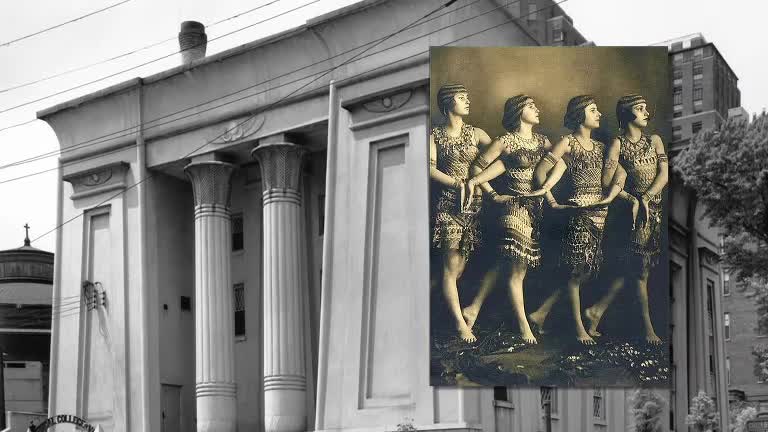History of Design with your host Michael Kourosh on Design Santa Barbara!
The Arts and Crafts movement was an international trend in the decorative and fine arts that developed earliest and most fully in the British Isles and subsequently spread across the British Empire and to the rest of Europe and America.

Initiated in reaction against the perceived impoverishment of the decorative arts and the conditions in which they were produced, the movement flourished in Europe and North America between about 1880 and 1920. It is the root of the Modern Style, the British expression of what later came to be called the Art Nouveau movement, which it strongly influenced. In Japan it emerged in the 1920s as the Mingei movement. It stood for traditional craftsmanship, and often used medieval, romantic, or folk styles of decoration. It advocated economic and social reform and was anti-industrial in its orientation. It had a strong influence on the arts in Europe until it was displaced by Modernism in the 1930s, and its influence continued among craft makers, designers, and town planners long afterwards.

The term was first used by T. J. Cobden-Sanderson at a meeting of the Arts and Crafts Exhibition Society in 1887, although the principles and style on which it was based had been developing in England for at least 20 years. It was inspired by the ideas of architect Augustus Pugin, writer John Ruskin, and designer William Morris. In Scotland it is associated with key figures such as Charles Rennie Mackintosh.

By the end of the nineteenth century, Arts and Crafts ideals had influenced architecture, painting, sculpture, graphics, illustration, book making and photography, domestic design and the decorative arts, including furniture and woodwork, stained glass. leatherwork, lacemaking, embroidery, rug making and weaving, jewelry and metalwork, enameling and ceramics. By 1910, there was a fashion for “Arts and Crafts” and all things hand-made. There was a proliferation of amateur handicrafts of variable quality and of incompetent imitators who caused the public to regard Arts and Crafts as “something less, instead of more, competent and fit for purpose than an ordinary mass produced article.”

